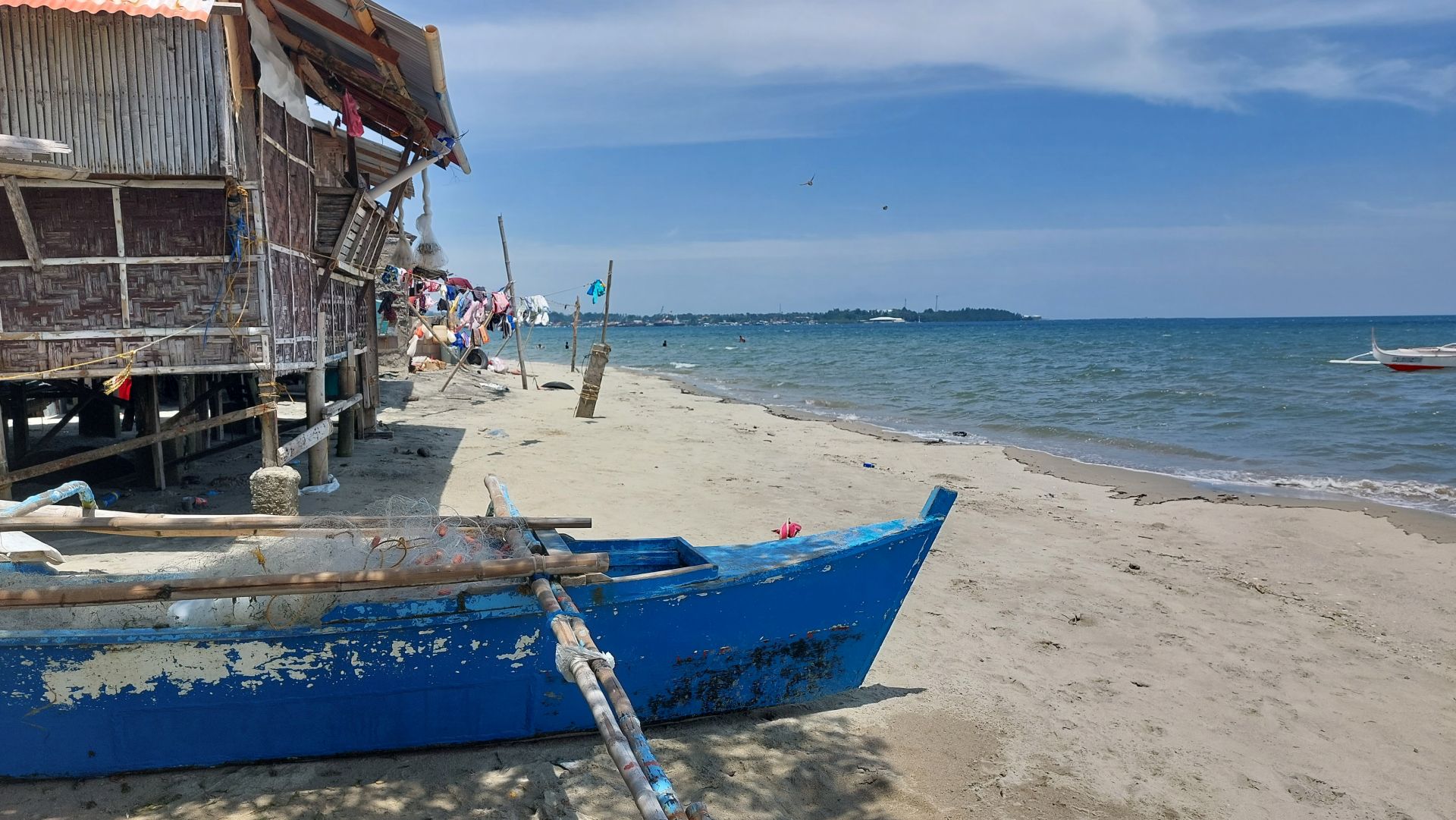Motorela – From the horse-drawn carriage to the motorised carriage
Perhaps one or the other has noticed during travels in various areas of the Philippines that motorised local transport, where the means of propulsion is a motorbike, can be very different.
In the city and also on the island of Cebu, motorbikes with a sidecar bolted on can be seen. Passengers and goods are carried in the sidecar and on the driver’s seat. Here in the city of Cagayan de Oro, in 1964, a citizen thought about how to motorise the horse-drawn carriages, the ‘caretella’.
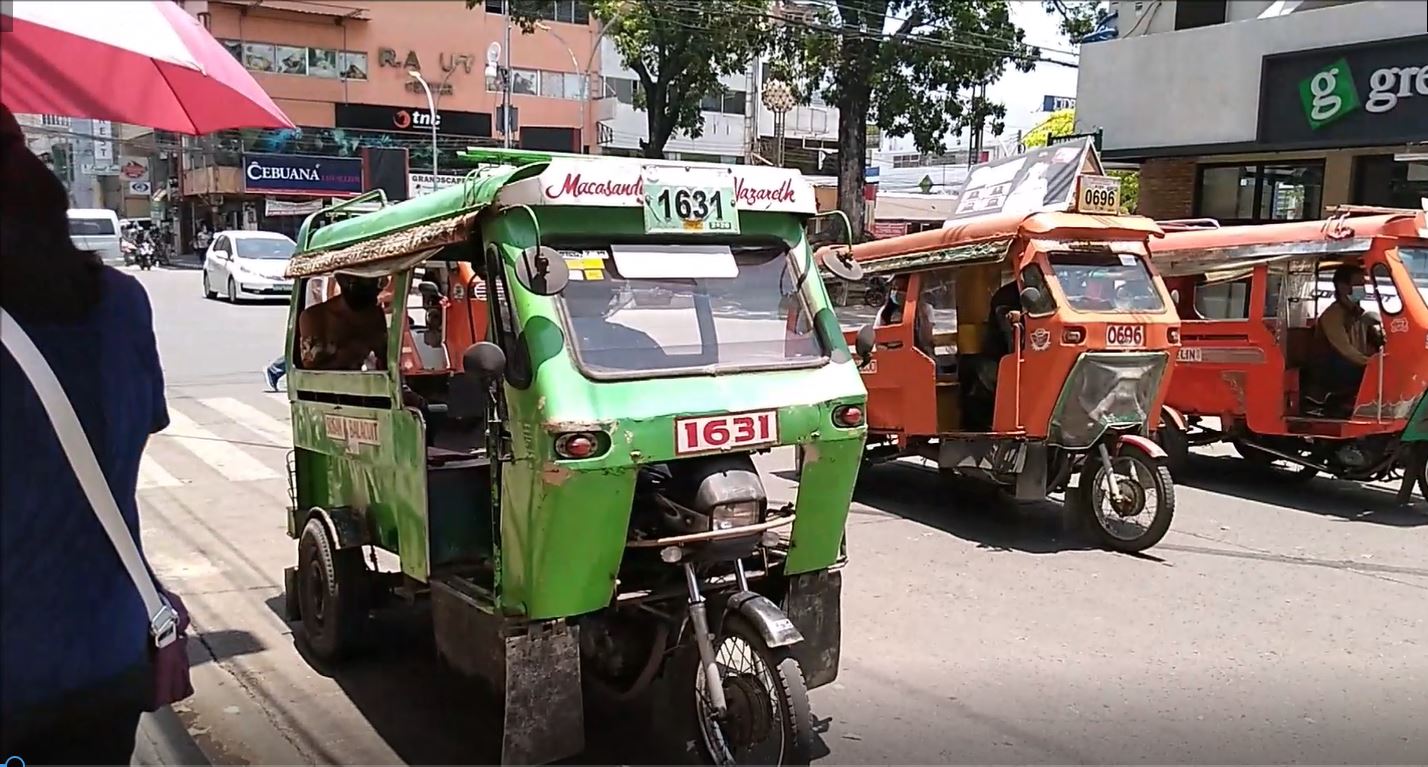
Photo by Sir Dieter Sokoll
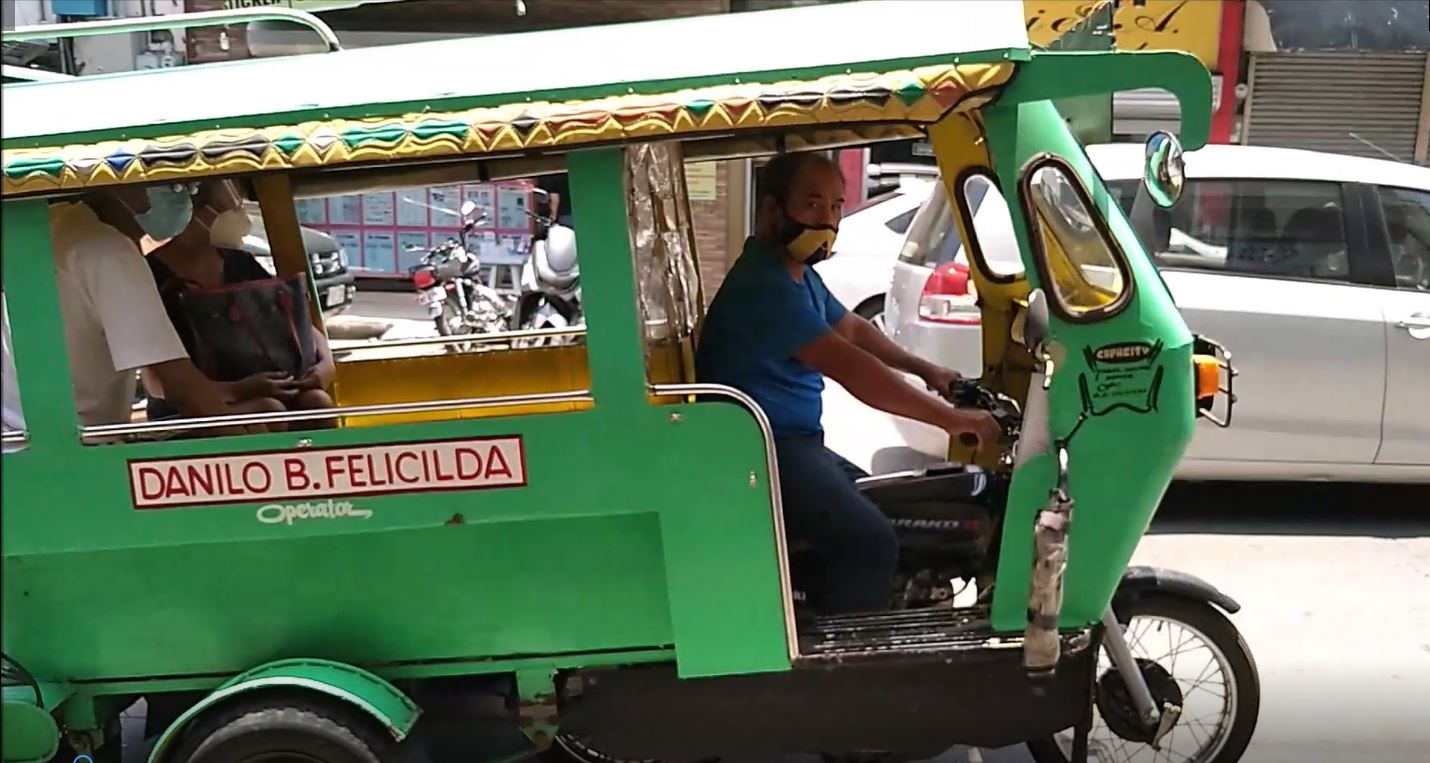
Photo by Sir Dieter Sokoll
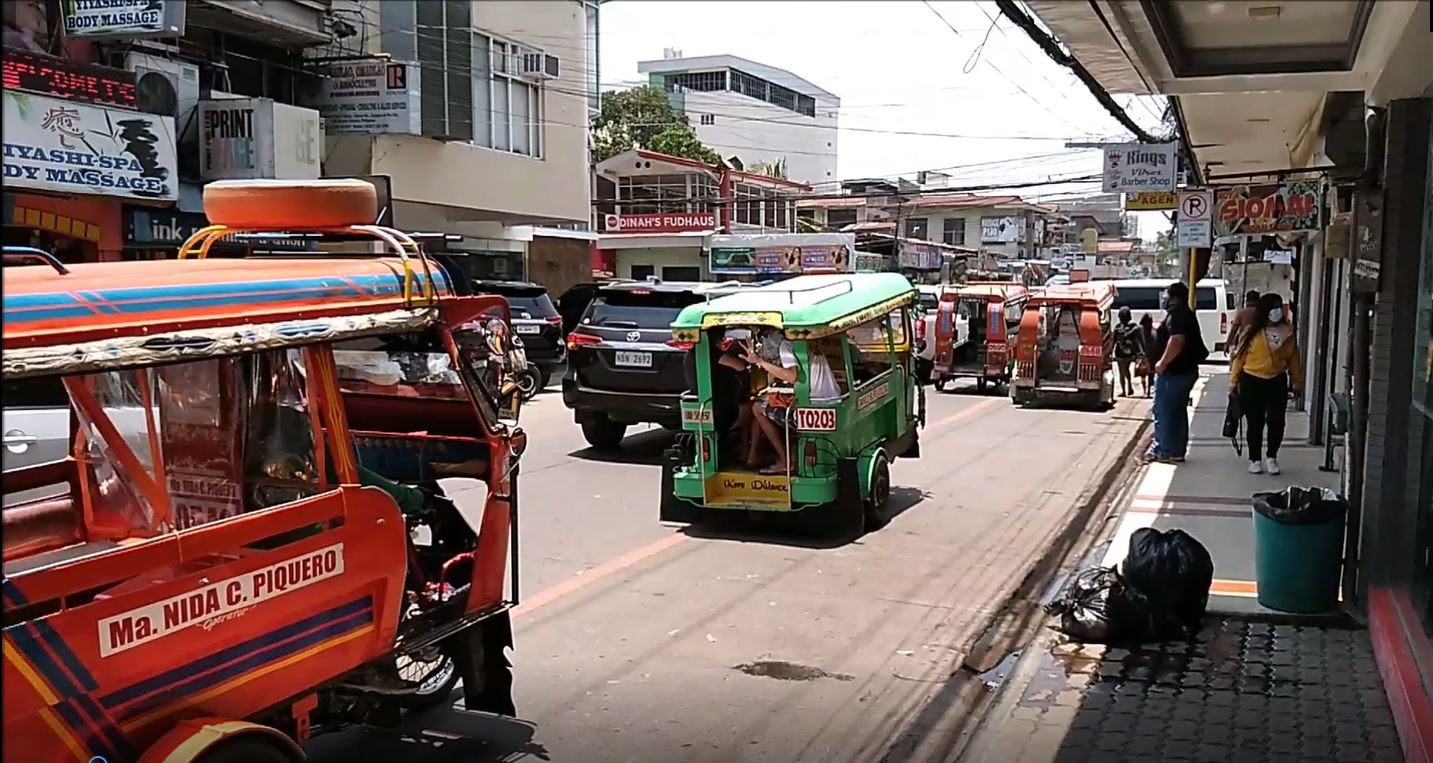
Photo by Sir Dieter Sokoll
That man was Raphael Floriendo. Raphael Floirendo has always been interested in vehicles. Although he has degrees in both business administration and agriculture, Raphael Floirendo is now known as the inventor of the motorela, the vehicle that replaced the horse-drawn carriage (caretella) in the Northern Mindanao region of the Philippines.
Based on his experience with cars and a desire to provide his community with a faster, cheaper and safer form of transportation, Raphael developed the motorela in 1964. After he filed a patent for his invention, the motorela quickly replaced the caretella in Mindanao and became the best means of transport for goods and people. The idea sparked many similar creations, but Raphael was willing to share his invention with others and gave up his patent.
Thanks to the creative spirit and generosity of its inventor, the motorela is still widely used in Mindanao.
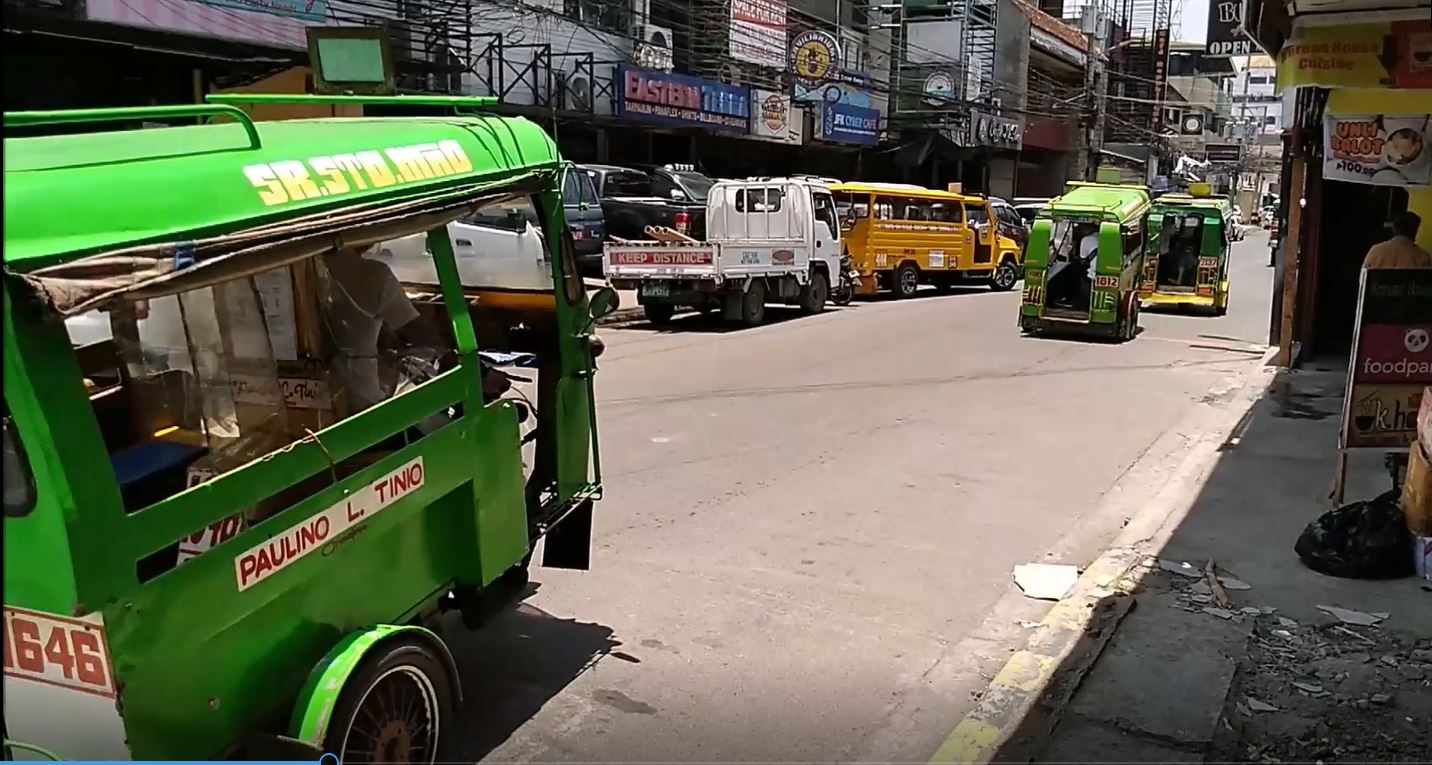
Photo by Sir Dieter Sokoll
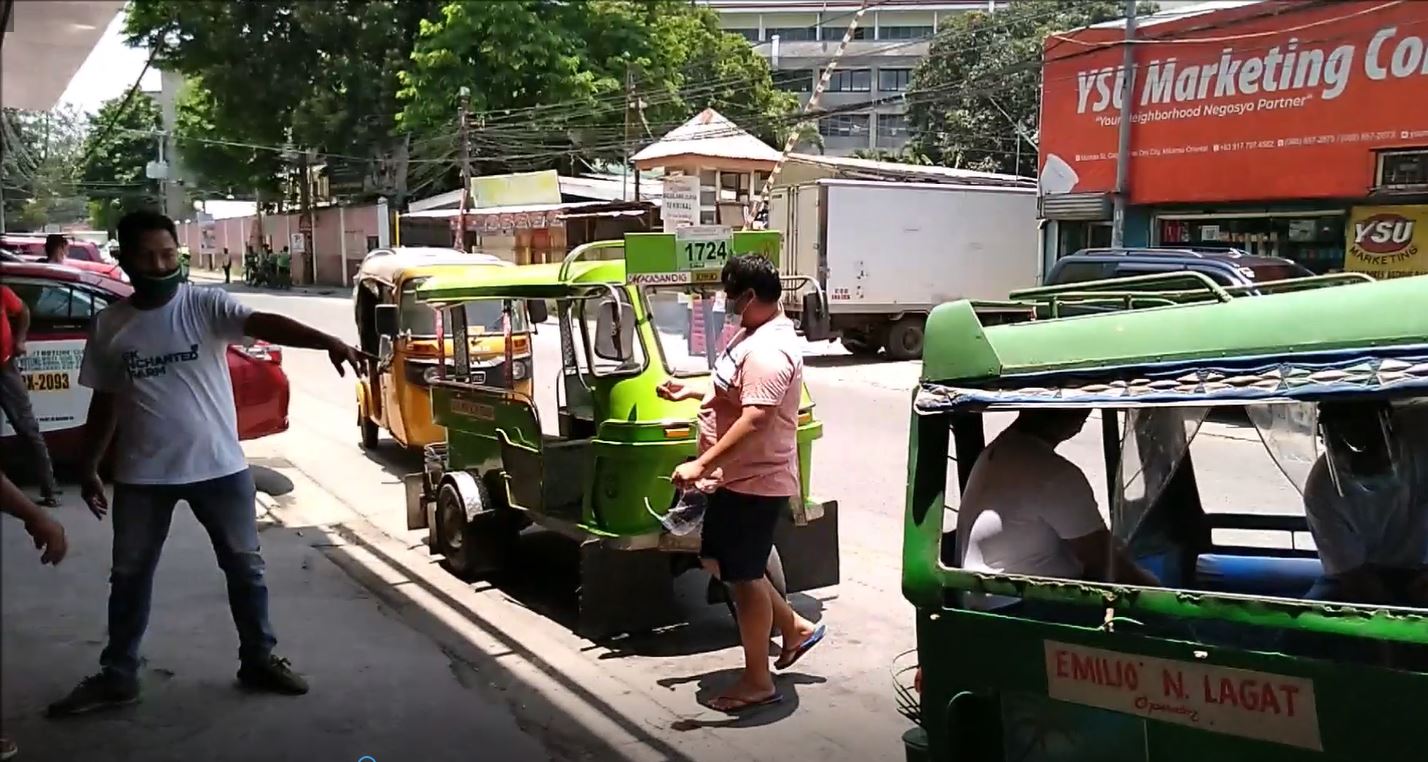
Photo by Sir Dieter Sokoll
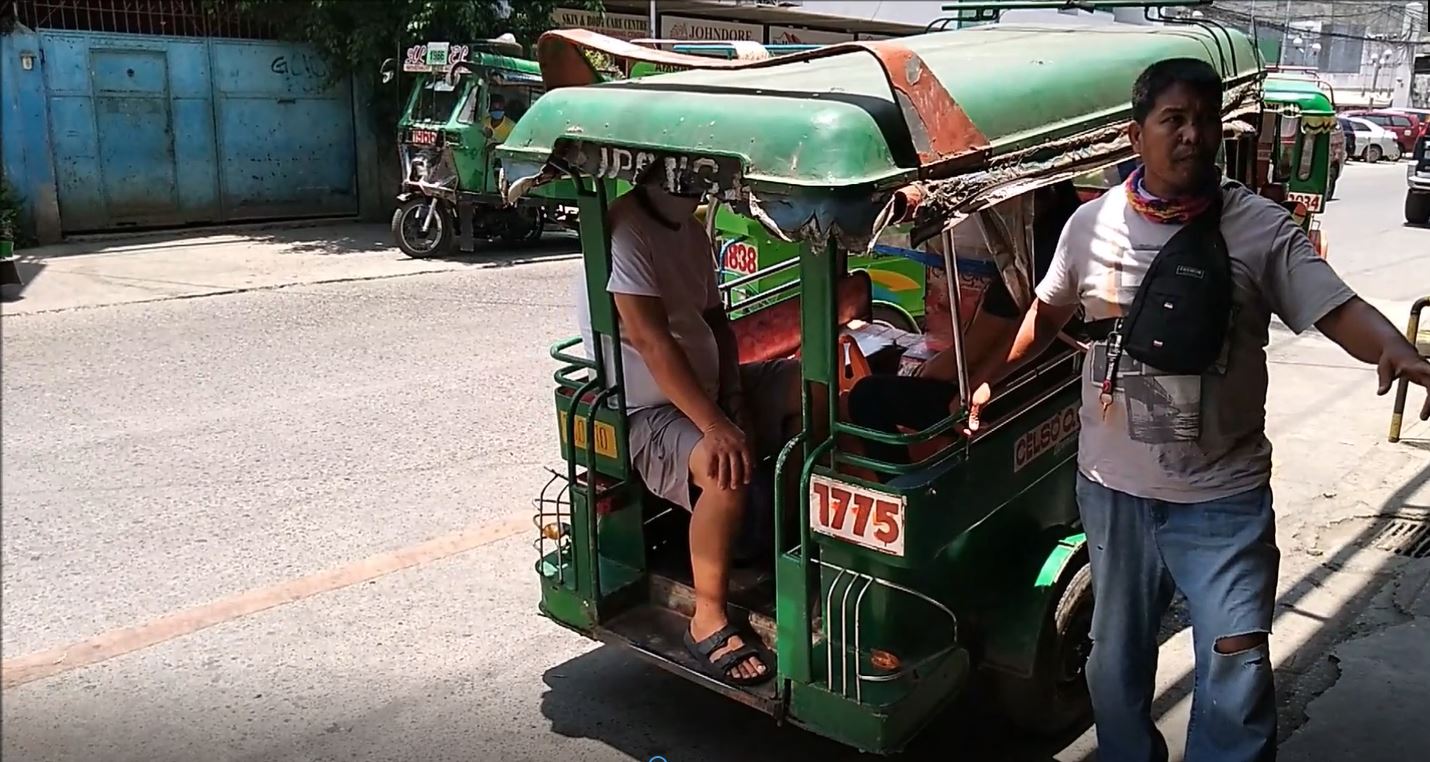
Photo by Sir Dieter Sokoll
Passengers stop the motorela, even partially occupied ones, with a hand signal to ask where the journey is going and whether they can be taken to a certain destination. Or they board waiting and empty motorelas, for example at exits of department stores and supermarkets or at certain places at the markets.
Even though the motoralas are not allowed on all city streets, they are part of the general streetscape of the city and it is hard to imagine life without them. They mostly drive on the side streets on certain routes and only cross the main roads and connect the city centre, the markets and bus terminals. For certain routes, the motorelas are assigned basic colours. This gives passengers who know their way around a bit of a choice to get in the right direction. At the large Cogon market, for example, the individual colours of the motorelas mix and then separate again at the departures. The fares for the individual sections are regulated by the city administration.
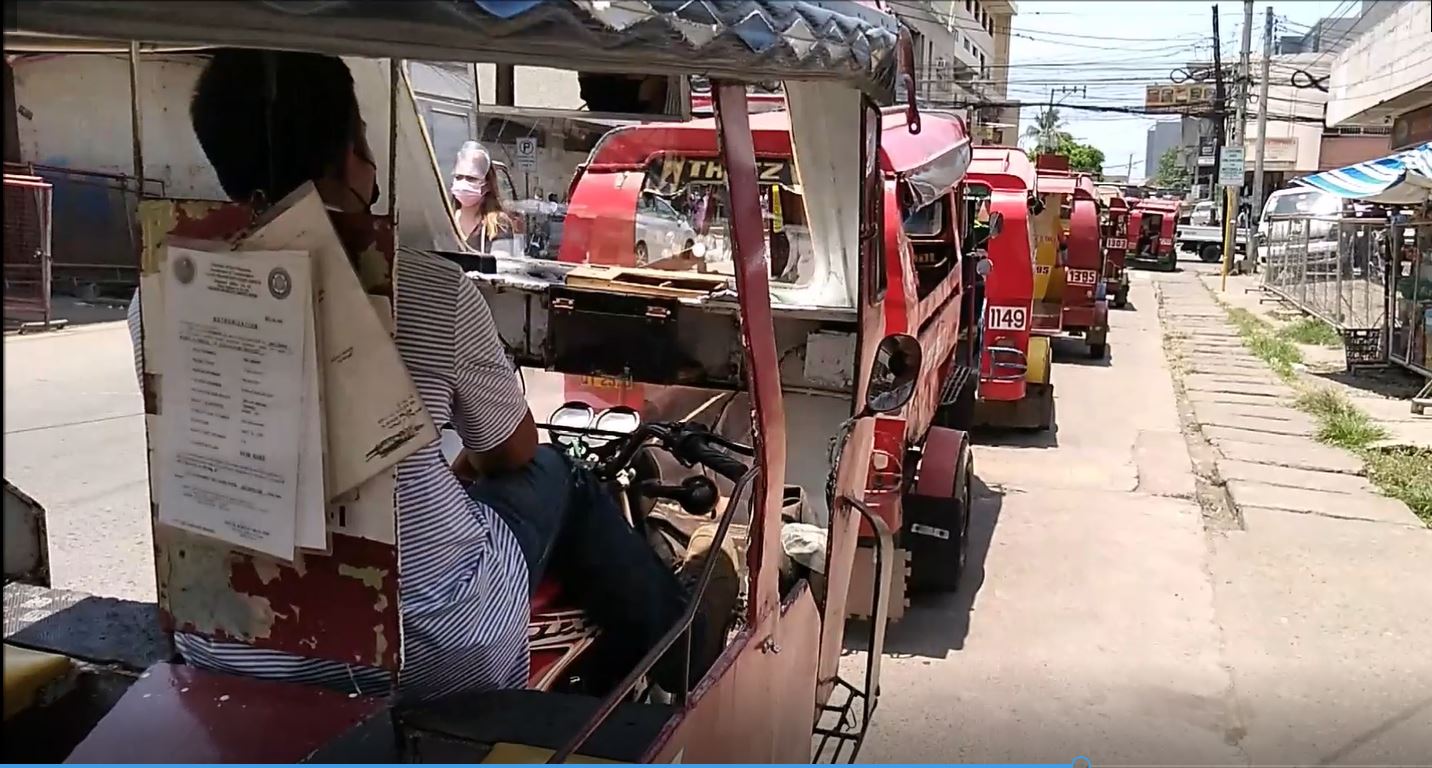
Photo by Sir Dieter Sokoll
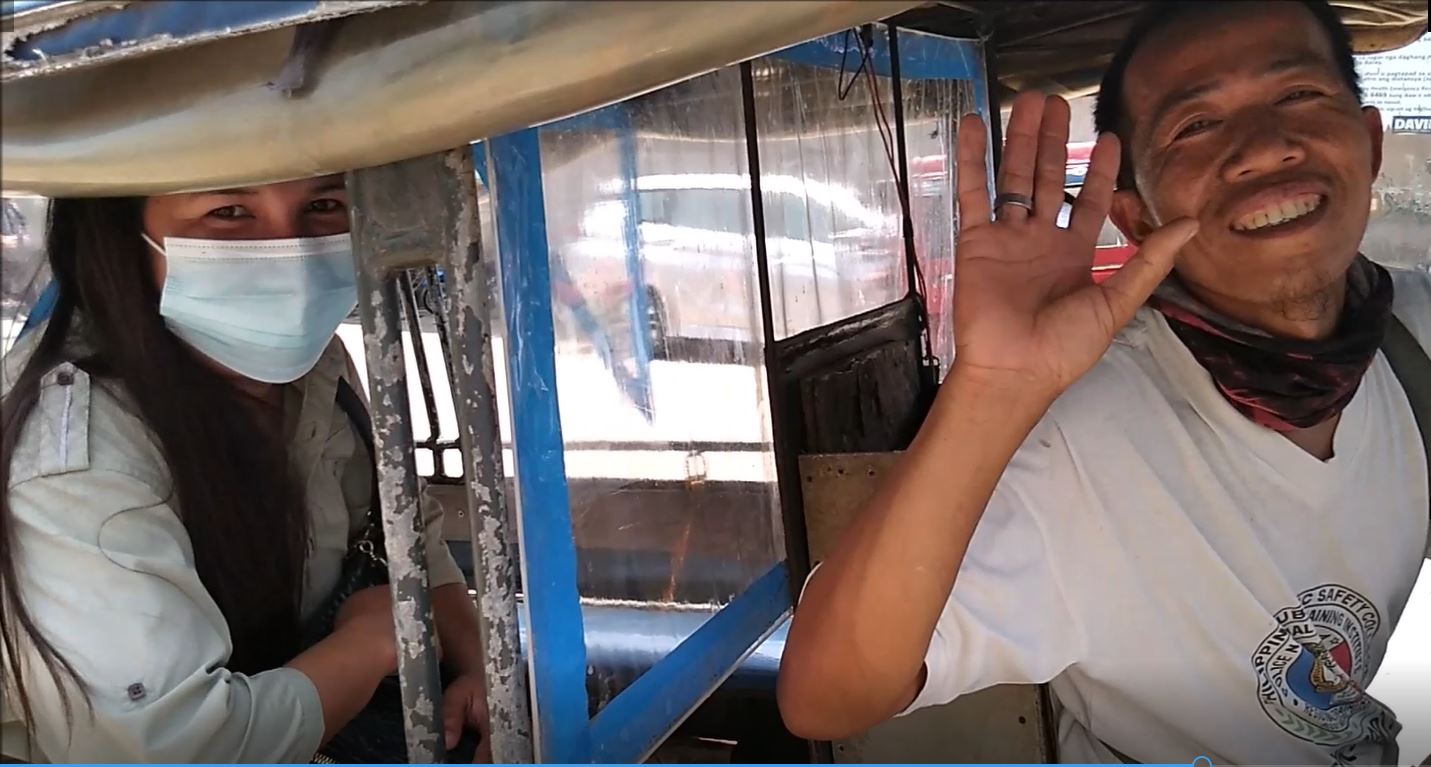
Photo by Sir Dieter Sokoll
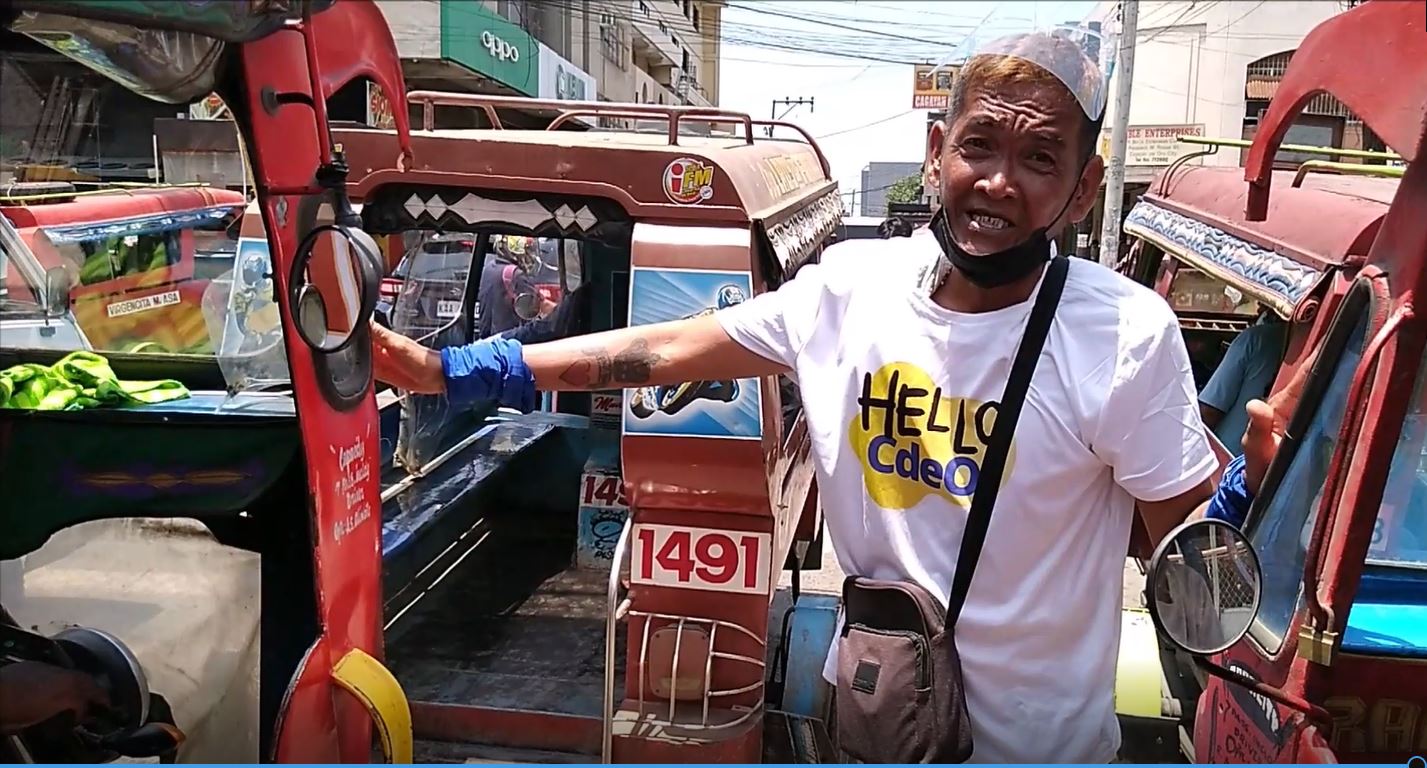
Photo by Sir Dieter Sokoll
In other places, market-goers have to walk a few steps to reach a non-official motorela terminal at a corner. Here, at peak times, one or more so-called ‘barkers’, as they also exist for the jeepneys, can try to alleviate the chaos. Here, several motorelas are loaded to different destinations at the same time. The driver of the motorela then pays the barker a fee, usually 5 pesos.
In the city of Cagayan de Oro there is one barangay that can drive drivers to despair and that is the Barangay Nazareth. Nazareth leans directly on the Cogon market area and is frequented on all roads not only by motoreals but also by the so-called ‘sikads’, the bicycle rickshaws. The two together make many a motorist pull their hair out.
I was able to make the following video about the motorelas in the city of Cagayan de Oro.
